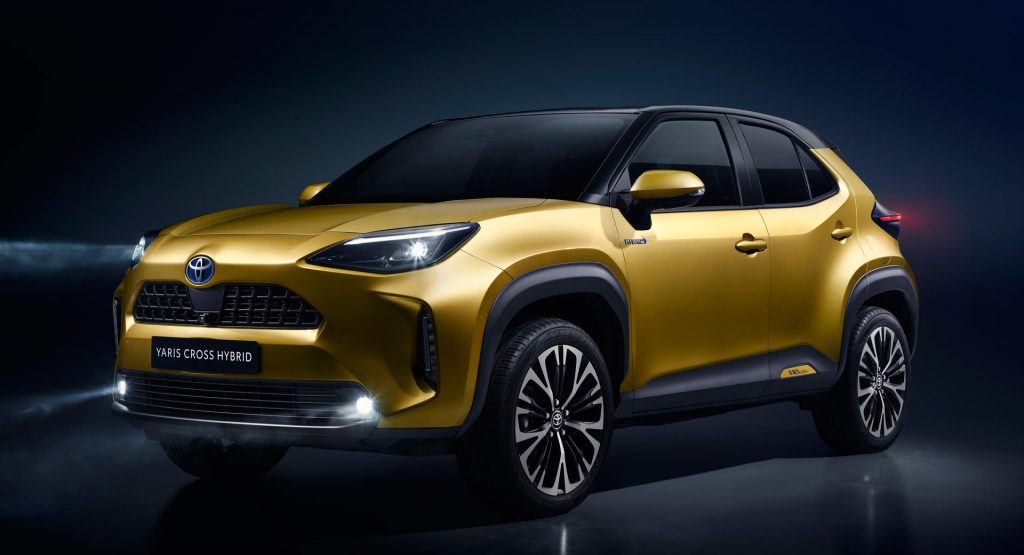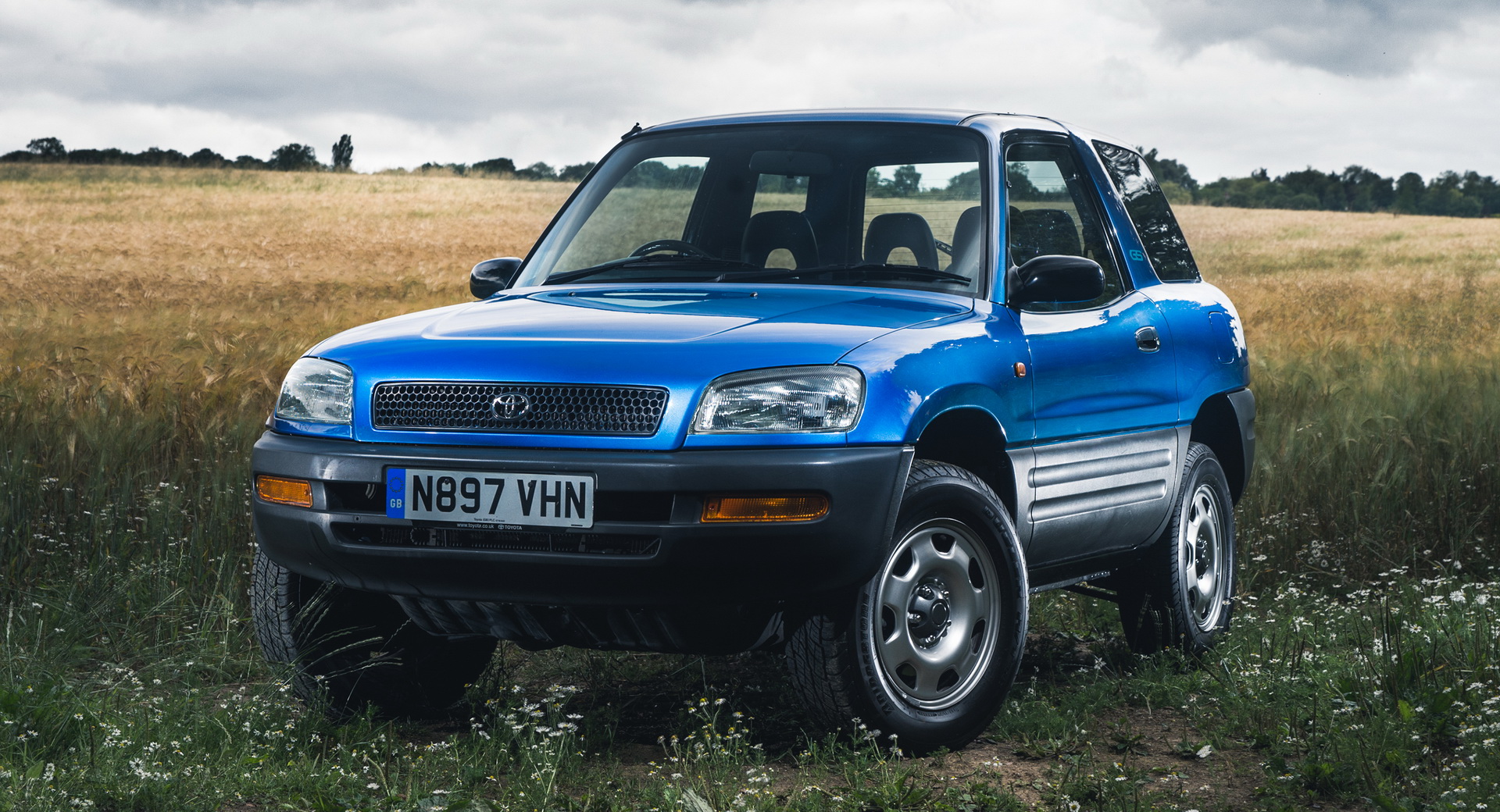In anticipation of the Yaris Cross coming out next year, Toyota is looking back to the first-generation 3-door RAV4, which it calls “the original recreational SUV.”
To put it plainly, all of the key qualities of the new Yaris Cross are a reflection of the achievements of the original RAV4, which also influenced the compact C-HR model. Like the RAV4, the Yaris Cross and C-HR were both initially developed with a focus on the European market.
At the time of its launch, chief engineer Masakatsu Nonaka named a few of the qualities that would distinguish the RAV4 from other models. They include the wide track and independent suspension, which gave the car its dynamic appeal, while a transverse-mounted multi-valve engine with a wide power band ensured “rewarding” performance.
Read Also: 2021 Toyota Yaris Cross Unveiled As Europe’s Go-Anywhere Subcompact Crossover
By early-90s standards, the RAV4 was quite compact, boasting a spacious cabin with a low, flat floor that facilitated access. Moreover, weight was kept down as well to no less than 1,200 kg (2,645 lbs), barely any less than a modern-day Ford Fiesta.
In terms of size, the Yaris Cross is slightly larger than the original three-door RAV4. Its 2,560 mm (100.7 inch) wheelbase is longer by 360 mm (14.1 inches), while it’s longer by 475 mm (18.7 inches) and wider by 70 mm (2.75 inches). It’s not as tall as the first-gen RAV4, though, and its ground clearance isn’t as impressive.
Underneath the hood, the first-gen RAV4 relied on a 16-valve 2.0-liter gasoline engine, which, again, was adequate by 1990s standards. In 2021, however, the Yaris Cross’ new 1.5-liter full hybrid electric system is pretty much what customers expect from a city-dwelling electrified crossover.
Over the years, the RAV4 has grown in size and today occupies a different segment than it did when it first came out. So if you want something small but capable, the Yaris Cross is definitely worth looking forward too.





